Ecologists in Action has warned that Spain's biodiversity is the most fragile in Europe with the greatest number of endangered species, they have urged government action to tackle the 'alarming' crisis of 'biodiversity destruction' in the country. Here are a list of the top 5 species most at risk.
1. Iberian Lynx
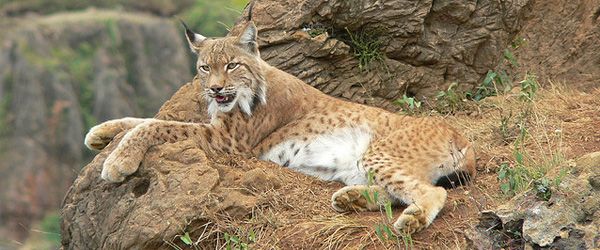
The Iberian lynx is the world's most endangered feline species. There are real fears that it may soon become the first cat species to become extinct for at least 2,000 years. They are categorized as critically endangered by many institutions, including the International Union for the Conservation of Nature. The Iberian lynx is a rabbit specialist with a low ability to adapt its diet. A sharp drop in the population of its main food source, a result of two diseases, contributed to the feline's decline. The lynx was also affected by the loss of scrubland, its main habitat, to human development, including changes in land use and the construction of roads and dams.
The Iberian lynx portrays many of the typical characteristics of lynxes, such as tufted ears, long legs, short tail, and a ruff of fur that resembles a "beard". Unlike its Eurasian relatives, the Iberian lynx is tawny colored and spotted. The coat is also noticeably shorter than in other lynxes, which are typically adapted to colder environments.
2. Iberian Wolf
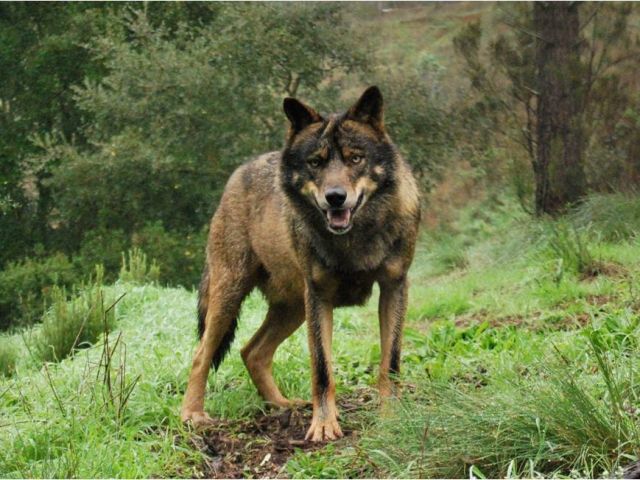
The Iberian wolf differs from the more common Eurasian wolf with its slighter frame, white marks on the upper lips, the dark marks on the tail and a pair of dark marks in its front legs that give it its subspecies name, Signatus ("marked"). Males can weigh up to 40 kilograms, with females usually weighing between 20 and 30 kg. The Iberian wolf lives in small packs. It is considered to be beneficial because it keeps the population of wild boar stable. Until the 1900s the Iberian wolf inhabited the majority of the Iberian Peninsula. However, Spain's Francoist government started an extermination campaign during the 1950s and 1960s that wiped out the animals from all of Spain except the northwestern part of the country, where there is still a sizable population in Sierra de la Culebra. Similar policies in Portugal almost led to the extinction of the animal south of the Douro river, where there are still some surviving packs.
3. Cantabrian Brown bear
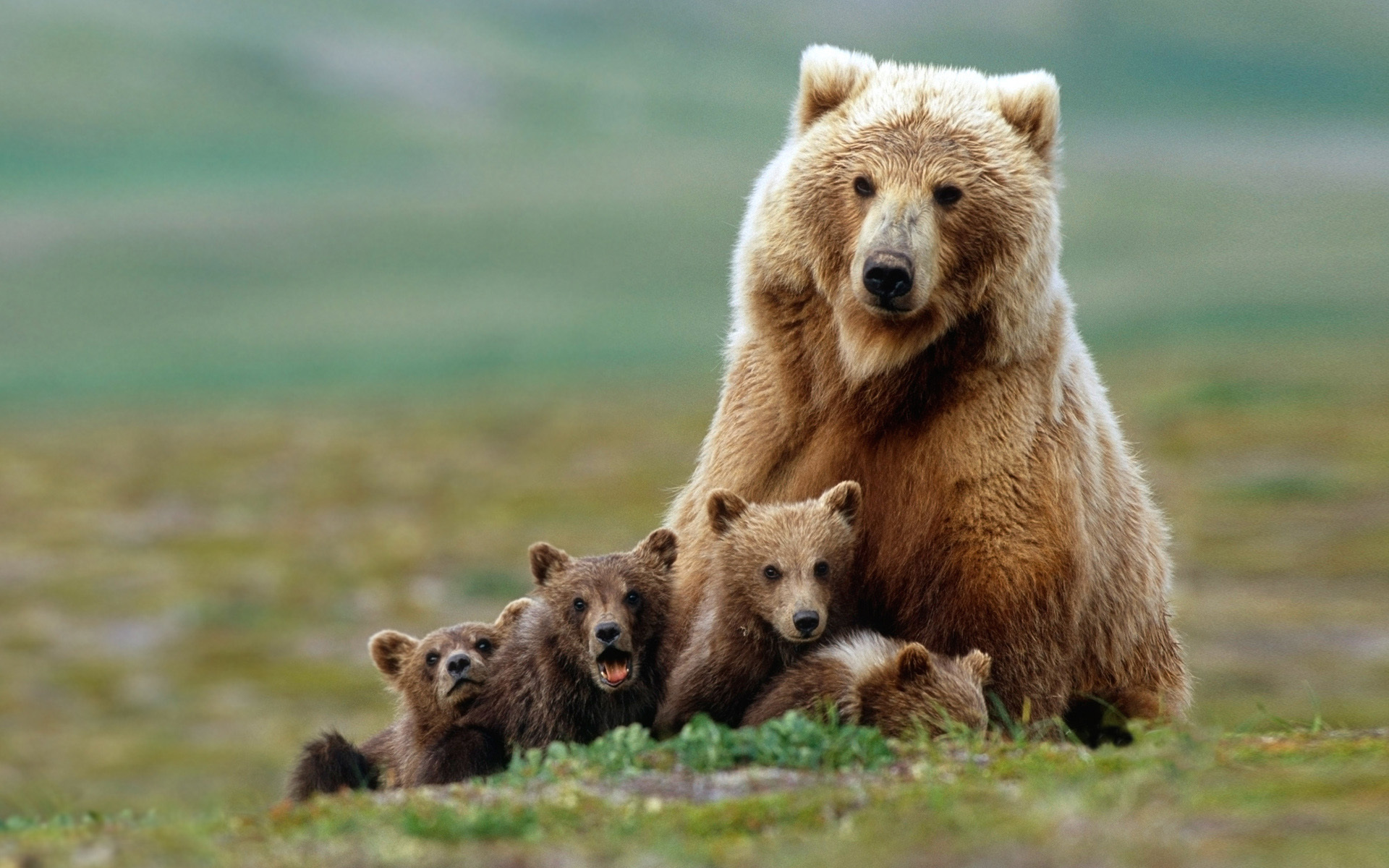
Cantabrian brown bear refers to a population of Eurasian brown bears (Ursus arctos arctos) living in the Cantabrian Mountains of Spain. Females weigh, on average, 85 kg but can reach a weight of 150 kg. Males average 115 kg though can weigh as much as 200 kg. The bear measures between 1.6 – 2m in length and between 0.90 -1m at shoulder height. In Spain, it is known as the Oso pardo cantábrico and, more locally, in Asturias as Osu. It is timid and will avoid human contact whenever possible. The Cantabrian brown bear can live for around 25–30 years in the wild.
4. The Spanish Imperial Eagle
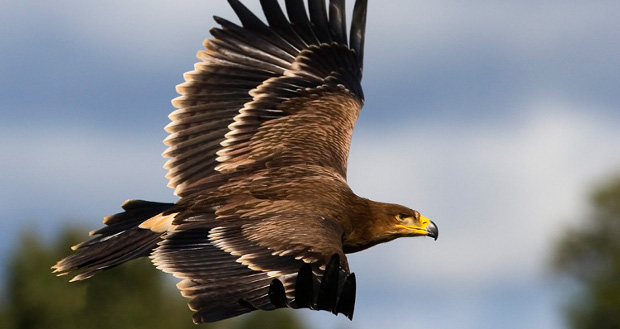
The Spanish imperial eagle or Iberian imperial eagle is a threatened species of eagle that only occurs in central and south-west Spain, adjacent areas of Portugal and possibly northern Morocco[dubious – discuss], although the latter is disputed. Formerly,the Iberian imperial eagle was considered to be a subspecies of the eastern imperial eagle, but is now widely recognised as a separate species due to differences in morphology, ecology,and molecular characteristics.
The Spanish imperial eagle averages smaller, 2.5–3.5 kilograms (5.5–7.7 lb), 78–82 centimetres (31–32 in) in length and 180–210 centimetres (71–83 in) in wingspan, and darker than its eastern cousin, and is a resident species (eastern imperial is partially migratory). It feeds mainly on rabbits, but can prey on many other animals, such as partridges, rodents, hares, pigeons, crows, ducks and even small dogs. The species is classified as Vulnerable by IUCN. Threats include loss of habitat, human encroachment, collisions with pylons, and illegal poisoning. There has also been a decline in the rabbit populations, as a result of myxomatosis and other viral illnesses. The current population is estimated at less than 500.
5. Spanish Ibex
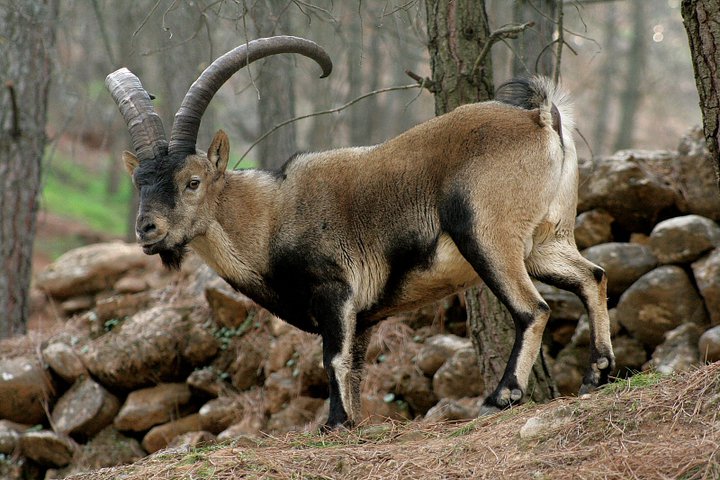
The Iberian ibex, Spanish ibex, Spanish wild goat, or Iberian wild goat (Capra pyrenaica) is a species of ibex with four subspecies. Of these, two can still be found on the Iberian Peninsula, but the remaining two are now extinct. The Portuguese subspecies became extinct in 1892 and the Pyrenean subspecies became extinct in 2000. An ongoing project to clone the Pyrenean subspecies resulted in one clone being born alive in January 2009. This is the first taxon to become "un-extinct", although the clone died a few minutes after birth due to physical defects in lungs.
The Iberian ibex Capra pyrenaica populates the Iberian Peninsula and consisted originally of four subspecies. However with recent extinctions occurring within the last century, only two of the subspecies still exist.These two subspecies of ibexes, the Capra pyrenaica hispanica and the Capra pyrenaica victoriae, can be found along the Spanish Iberian Peninsula and have even migrated and settled into the coast of Portugal.